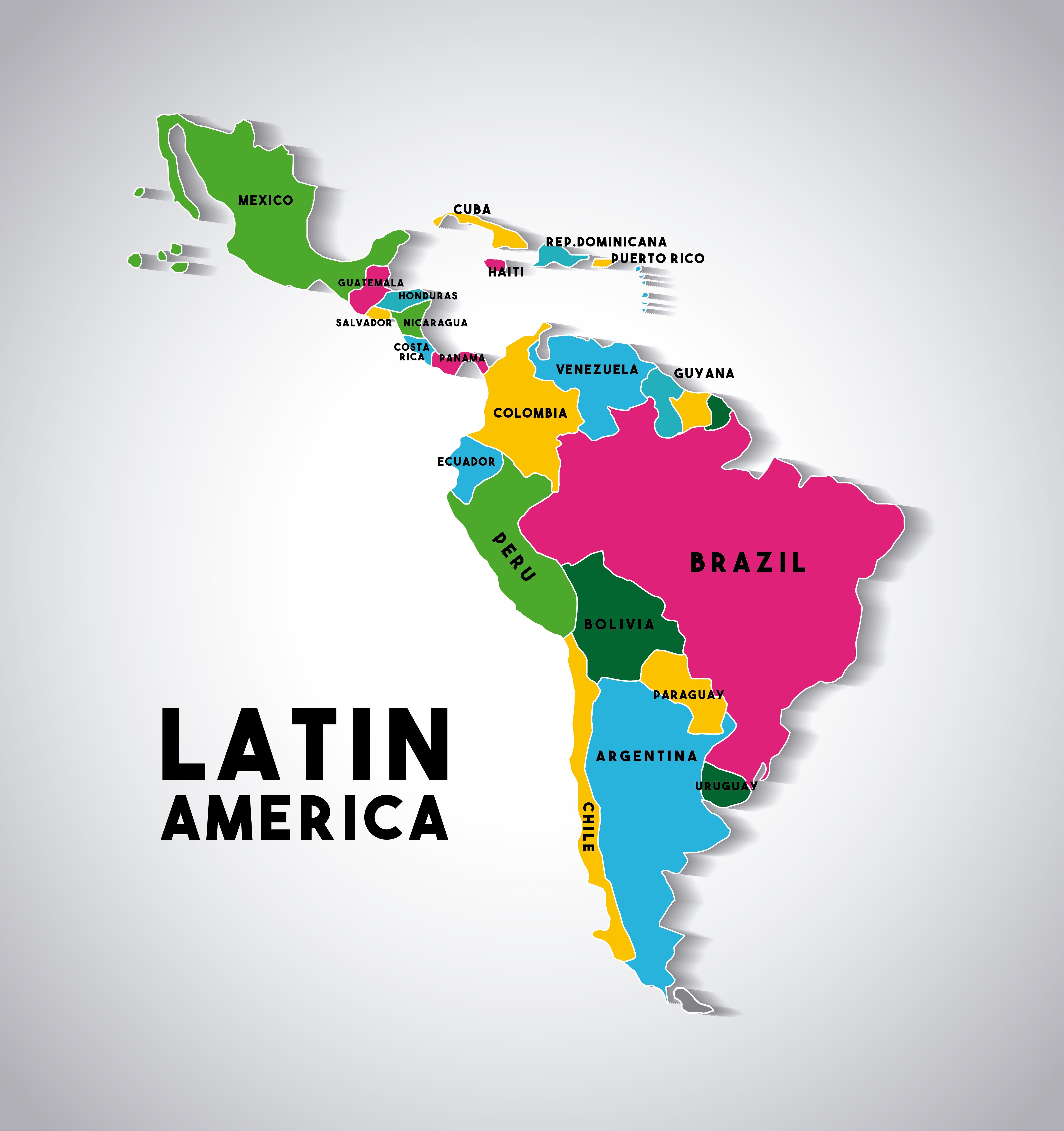More and more these days, we are seeing a significant shift in language demographics, so you shouldn’t just assume that your site visitors are all fluent anglophones. Here are some statistics which may surprise you:
- Even among non-Hispanics, Spanish is the most commonly spoken language in the US, after English.
- Spanish is spoken as a first language by over 41 million Americans (as of 2018). That is 13.4% of the entire population.
- The US has only 1.8 million fewer native Spanish speakers than Spain (which has 43.26 million).
- Linguistic diversity at home in the United States has doubled over the last forty years.
- Although most Hispanics in the US are perfectly fluent in English, around eight million are not, a substantial potential market you cannot otherwise reach.
The last decade has seen businesses becoming proactive in terms of improving diversity and inclusion, and not simply to increase short-term profit. There are several major reasons why you might provide full content translation for your native Spanish speaking customers:
- Cultural diversity builds trust, which helps to create customer loyalty. Spanish speakers will see that your site doesn’t merely pay lip service to translation, but instead integrates a multilingual approach.
- If you don’t do it, Google Translate will. Many web browsers and plug-ins offer to auto-translate sites that don’t provide their content in multiple languages. Unfortunately, what this can often produce is the kind of mangled message that entirely misses the point. Copying and pasting from monolingual sites into Google Translate can have unintentionally hilarious consequences.
- Using a customer’s native language allows you to get culturally specific with your content, especially If you go with a transcreative approach, where more than simply the language is translated. This helps to create a more durable bond between business and customer.
It simply won’t work to directly translate taglines that are culturally specific. The Coors “turn it loose” line was infamously translated into Spanish to a phrase relating to “having diarrhea,” which admittedly might suit an entirely different product.
Stats on the profitability of using on-site translation of your content are thin on the ground. However, think of it in terms of SEO opportunity, and you might start to see the potential. By utilizing a whole additional language’s worth of keywords, you are optimizing your site so it can more readily be found by users of Google.es and other Spanish language search engines.
Neglecting this approach will simply concede an advantage to your competitors. Comprende?







